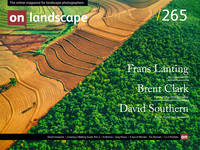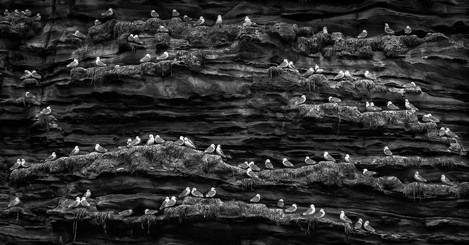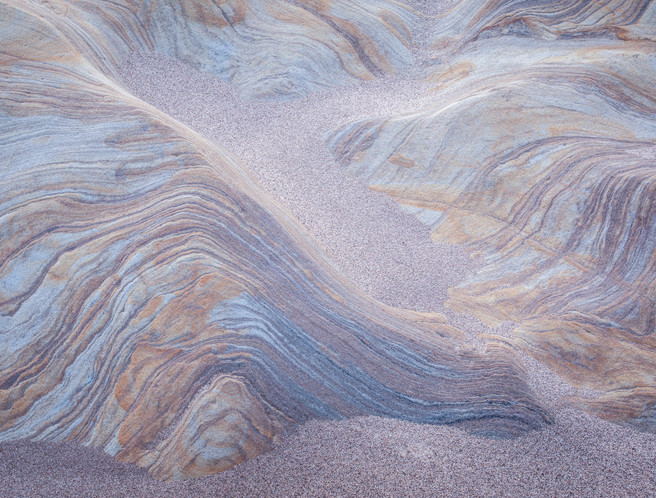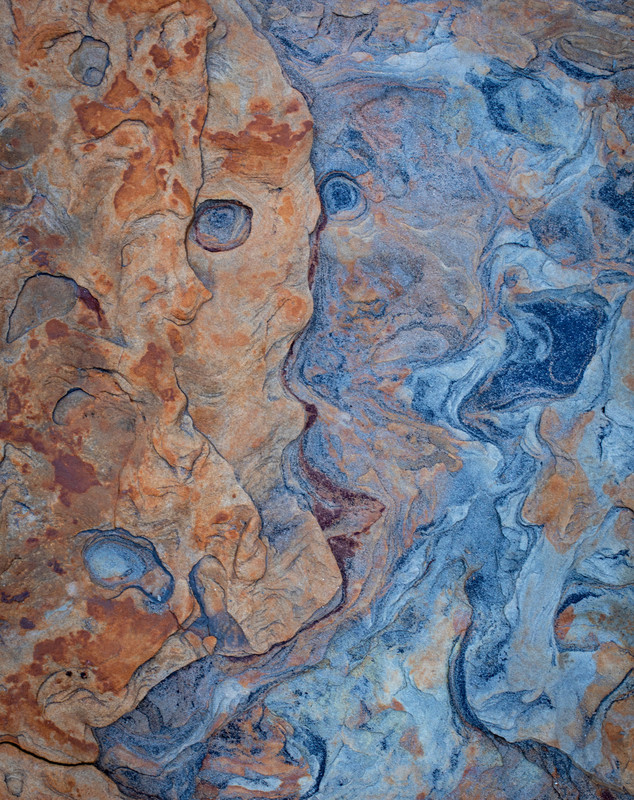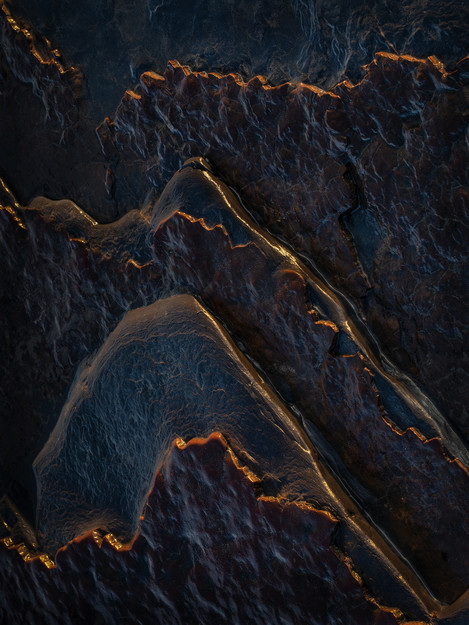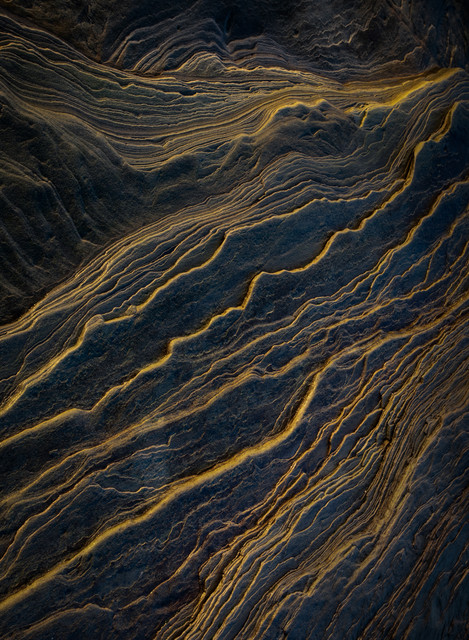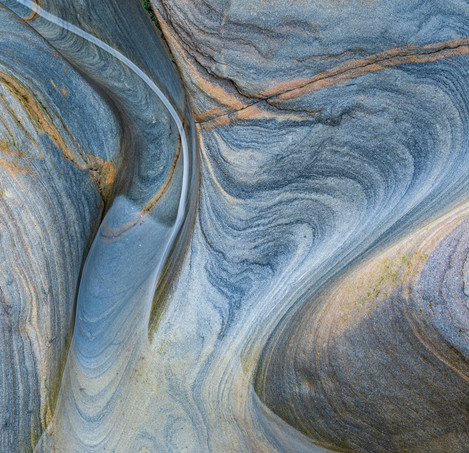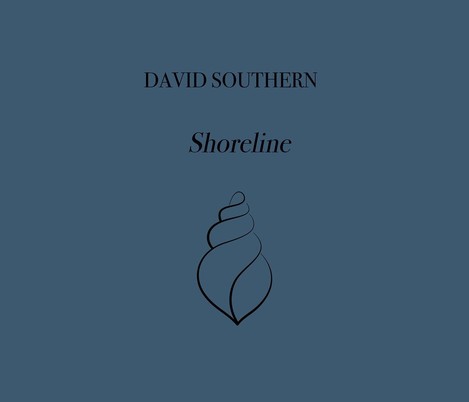Intimate Landscapes of the Northumbrian Coast

David Southern
Photography has been in David’s blood from the moment he picked up his first camera. On his photographic journey he has taken pictures in a great many places from around the world including recording conservation projects for the World Wildlife Fund, (WWF).
Since becoming a full time photographer in 2018 much of his work has featured the intimate landscapes and wildlife found on his local Northumbrian coastline where he now lives.
Being immersed in the natural world is where he is most at ease and where he finds his inspiration. David say’s, “I spend many hours exploring amongst rocks, seaweed and sand for compelling little scenes that tell stories of time and tide”.
He regularly contributes to photography magazines, podcasts and exhibitions and has won awards in a number of national and international competitions. An experienced public speaker and mentor, he has featured on local TV and radio.
A few years ago, I decided to switch the misty valleys and rich woodland of the Surrey Hills for the dramatic coastline of Northumberland. After years of juggling the commitments of a full time job with a desire to be out taking photographs, the time was right to make the move back to my native north of England. I’d been landlocked in the home counties for too long. Having spent my formative years living by the coast, I had an irresistible calling to be beside the seaside once again.
Having already put some roots down in the North East, it was an easy decision to migrate to the Northumbrian coast. Once the house had been sold, it was time to downsize. This meant letting go of many of the material possessions that had been amassed over 30 years. As well as being a cathartic exercise, it seemed environmentally responsible not to be hauling old furniture, rusty garden tools, musty books and old clothes 350 miles up north.
For the first few months in my new environment, I concentrated my photography on the spectacular castles and vast sandy bays that this stretch of coastline has in abundance. But it didn’t take long to start looking beyond the iconic attractions and shift my attention to the smaller details that lie at our feet.
The intimate landscapes are often overlooked by visitors to the region. These soon became a greater source of inspiration than the wider, grander views. I’d go searching for Interesting rock strata that mimicked the waves breaking on a beach, kelp forests at low tide or tree-like patterns formed by fragments of coal dust.The idea of a project was conceived. Shoreline - Intimate Landscapes of the Northumbrian Coast’ would culminate in the publication of my first book in April this year.
It was the extraordinary geological features that initially held my attention. Basaltic rock, shales and sandstone feature heavily along this coastline. The sedimentary rocks are made up of many layers laid down over millennia. Exposed to the elements, these layers are eroded by time and tide to create wonderful textures, shapes and patterns. While it has taken tens of thousands of years to create the strata and thousands of tidal cycles to sculpt them, their appearance can change over much shorter timeframes. Inclement weather and the seasons all play their part in the ongoing shaping of the miniature landscapes.
Boulders and shipwrecks that have been buried for many months or years may be revealed following a winter storm. Over time longshore drift will expose areas previously covered by sand, pebbles and seaweed. These changes to the physical appearance of the rocks mean that there are new discoveries to be made on almost every visit to my favoured locations.
Careful composition can eliminate many distracting elements from the viewfinder, but sometimes it might mean waiting for mother nature to toss a few pebbles or a piece of seaweed into the right position in the frame. Patience is key to coming away with pleasing images. This waiting game seems to slow down time. Most of my shoreline excursions don’t yield great photographs but it is always a fulfilling experience. Searching along the tideline with the sights, sounds and smells overwhelming the senses are reward enough for these endeavours.
It is not only the geology that provides endless scope for discovery, Northumberland has some fairly remote stretches of sandy beach and tidal flats. It is a joy to explore undisturbed areas where the tide and wind have combined to sculpt exquisite sand patterns or tiny mesas around fragments of shells.
By the end of the winter of 2021, it was time to bring the project together in the form of a book. The design of the book and the curation of the images proved to be an unexpected pleasure. An inspiring and satisfying labour of love rather than a desk bound chore.
I had set out on a personal journey to celebrate some of the beauty that can be found when we take a closer and deeper look at a familiar subject. On days when the light conditions were favourable, and by applying a little imagination, the discoveries were boundless. Rock strata that look like waves on a choppy sea, human figures, faces or a distant mountain range.
My endeavours to capture the secret world that lies beneath our feet continues and my fascination with landscapes in miniature remains undimmed. However, from time to time, I look up and gaze out to the sea to observe the colours of the water, the shape of the waves and the reflections of the clouds. As well as a captivating shoreline, the north sea has many moods. Who knows, this could well be a theme for my next book.
Shoreline - Intimate Landscapes of the Northumbrian Coast
116 pages, 240 x 280mm Landscape page size, Hardbound, Printed on 150 gsm paper, Foreword by Rachael Talibart, Limited to 300 copies
You can buy the book online from David's website.

